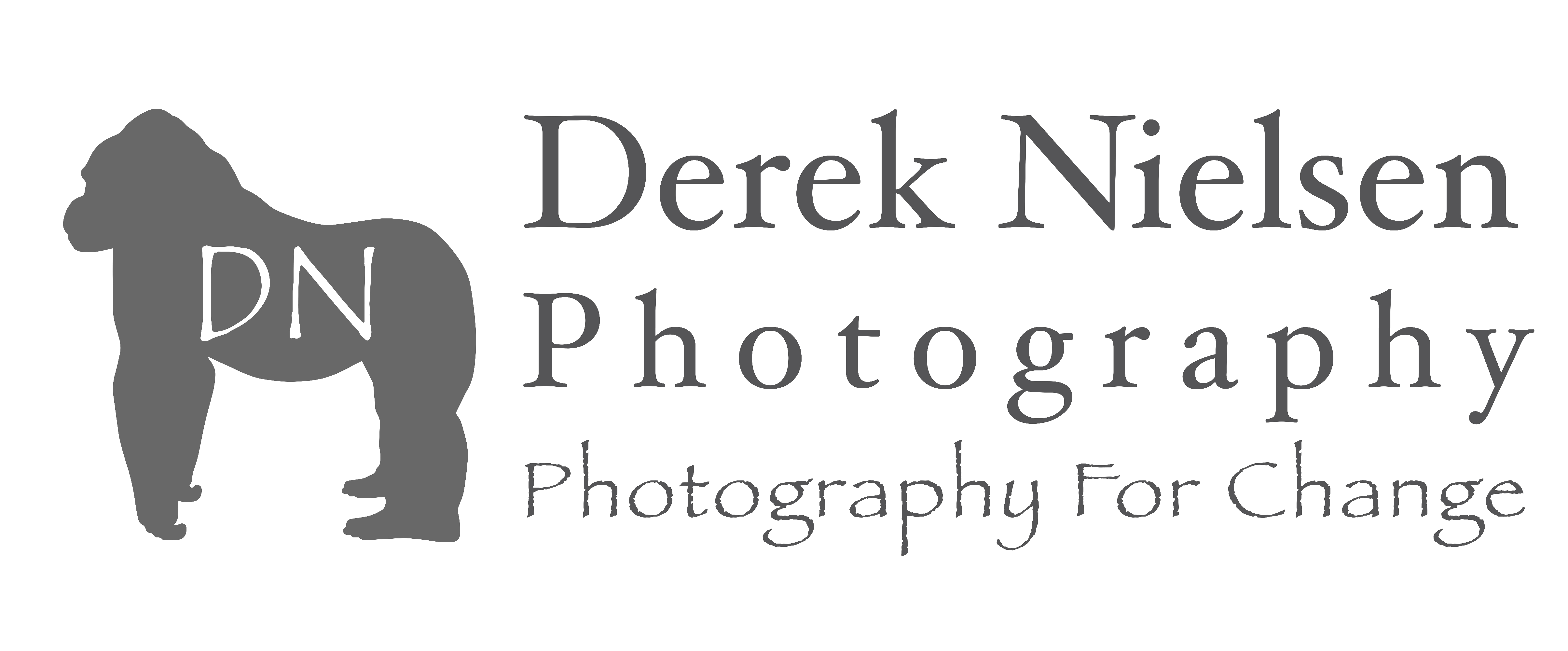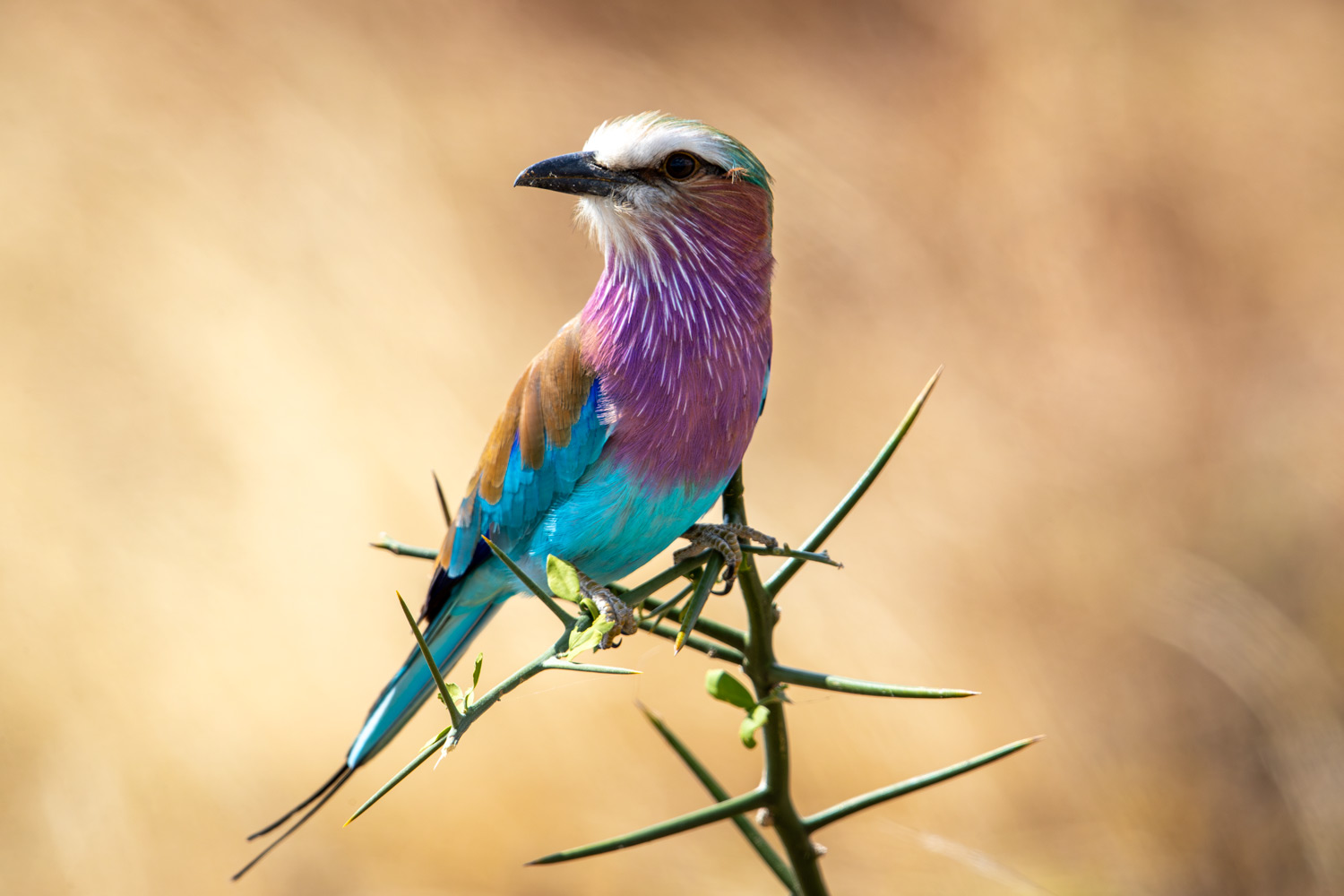
For many years now, I have been strictly selling limited edition prints to my collectors. This business strategy is often used by artists to create an exclusitivisity around their work. To give collectors an assured value to their purchase. This is something I will continue to offer for images I perceive to be above and beyond, award-winning, or incredibly rare moments in nature.
However, when you have been doing photography as long as I have, you begin to amass a large library of quality photos—images I want to share with the world.
Open edition prints vs. limited edition prints.
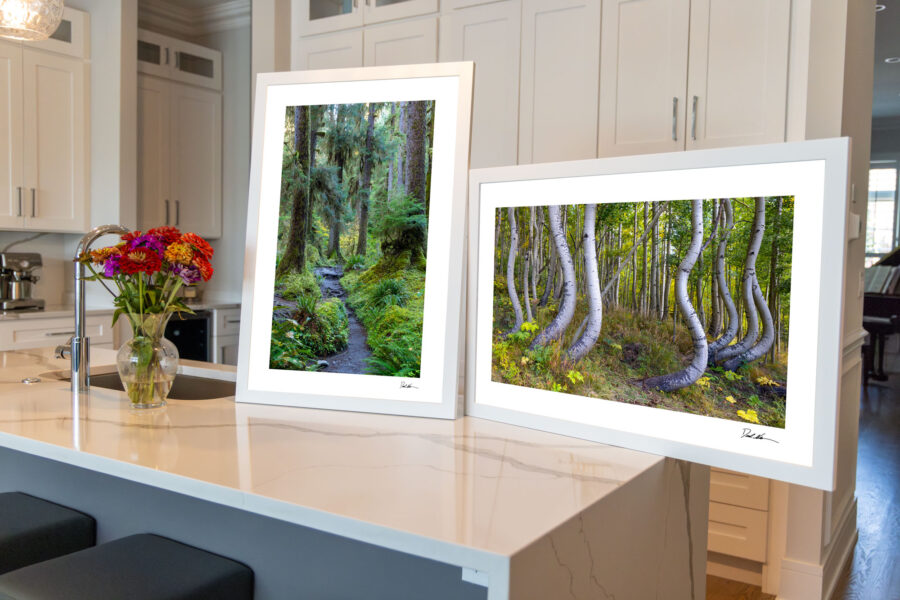
Offering open-edition prints to a growing audience has allowed me to satisfy customer needs, expand my reach, and add additional revenue to my business. I had to search internally and think about why I am doing what I do. In the end, I want to share my love and passion for nature with the world. Share my experiences. Hopefully, having someone hang one of my images on their wall will inspire them to help make a change or inspire the next generation to take action. Get outside. Fall in love with nature.
Before we start, I want to address the key question: what is the difference between limited edition and open edition prints? Fine art prints need to be of the highest quality, regardless of the number of copies.
Three Kinds Of Art Editions
Limited edition – Edition numbers are selected by the artist, usually ranging from 1-10 or 1-100; some even go 1-1000. The fewer editions, the more exclusive owning one is for the collector. These can even be done by size. A set of 8×10 inch prints can carry its own edition of the same image as 11×14, and so on. When this number is met, or all the prints are sold, the image is retired to the archive, never to be printed again. My personal limited edition prints are printed on Truelife Lumachrome Acrylic, giving them an incredibly crisp, vibrant feel by one of the best printmakers, if not the best, in the world. I also use handmade Italian frames sourced from sustainable wood sources, making the final product of very high quality.
Limited print editions typically carry higher prices and retain their value in the secondary market. Art sellers will deliver a certificate of authenticity to accompany original artworks to ensure confidence a piece of art is, in fact, part of a limited number of prints that will ever be produced.
Artist Proofs – This is a 1 of 1 master print usually accompanied by a platinum package of presentation. A good idea is to go the extra mile for your artist proof being that it is the most exclusive of the limited editions.
Open edition—In an open edition, the artist can print and sell as many images as possible on any material or medium. Typically, open-edition prints carry a far lower price tag. I offer them in only two sizes,11×14 and 16×24. The number of different sizes a visual artist chooses is up to them, but they should not compromise on print quality just to offer random sizes. Fine art paper is the specific print medium for my small prints.
Satisfy Customer Needs With Open Edition Prints
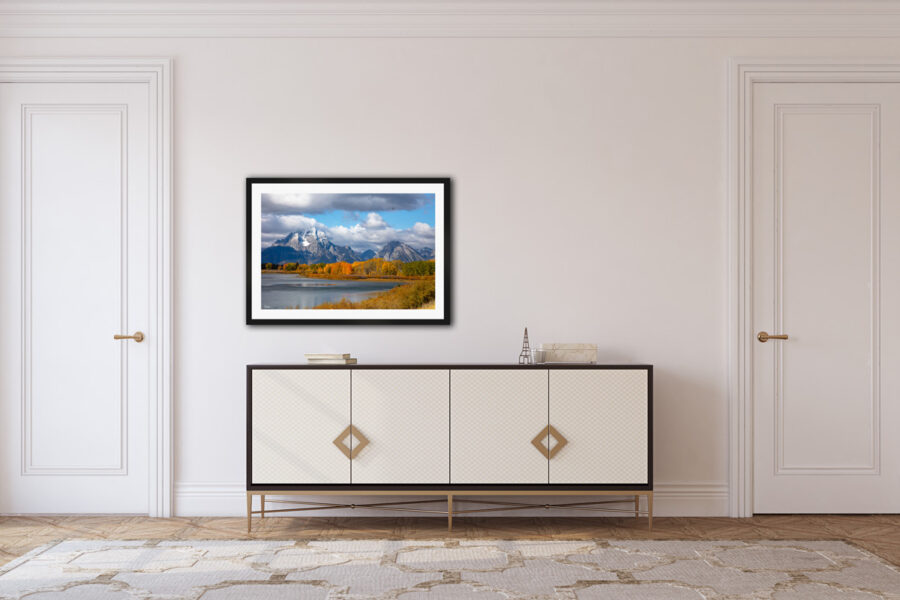
I’ll be the first to admit it. Limited edition luxury fine art photography is expensive to purchase. Here is the reason. The cost of producing this caliber of art is expensive. If you factor in camera gear, cost of travel, time spent in production and post-processing, training and cost of production by the world’s best printmakers, and luxury framing of the finished product, you could easily be approaching $50,000 or more to bring these images to the world per location. That being said, not all collectors are looking for a priceless image blown up to 90 inches on their wall.
Oftentimes, we are simply looking for something that meets our interior design needs or even something that just makes us happy. I have heard countless times, “I wish I could buy one of your prints, but they’re just too expensive for me.” Giving large discounts to friends and family isn’t fair to my other collectors or to myself as an artist. I hate telling people who just want to support my work, No. What I’ve been able to do is find the best solution to this problem. This is something any good business should be doing. Client problem….Provide solution.
Open Edition Prints To Support Your Customers
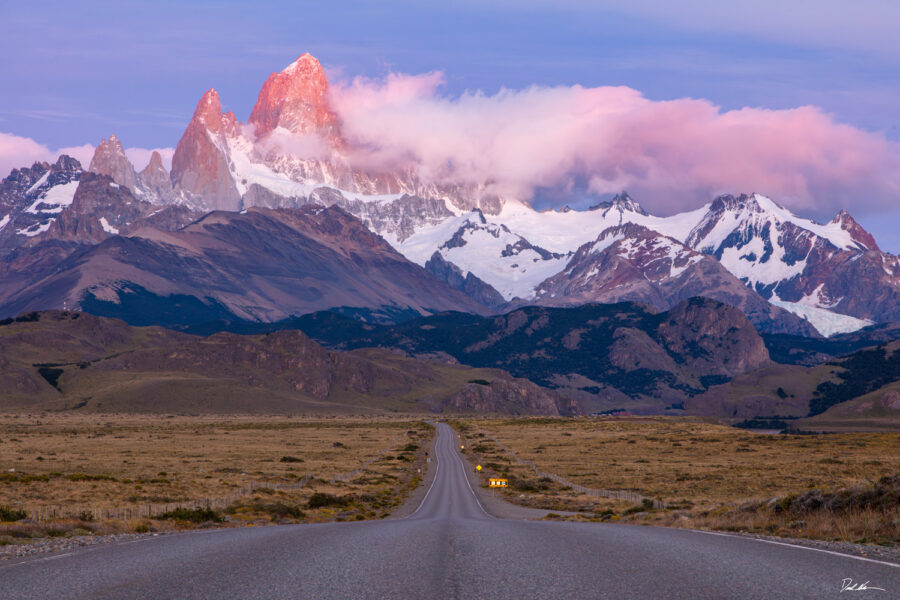
(Open Edition Fine Art Print – Sun Kissed – Derek Nielsen Photography)
Think about this example… Most of us have been to an art museum. If you find a favorite popular piece in the museum, there is a good chance you can buy it as a print or poster in the gift shop. The artist or their interest have decided they want to share the beauty of their work with the whole world. This copy will cost you a fraction of the price of the potential multimillion-dollar original. Something about it speaks to you. This open edition copy now hangs in your home or office for the world to see, and it brings you joy every day. So, if you are an artist and a large following of people want to enjoy your work at home, listen to your customers. Take polls. Do research. Delivering beautiful quality art at an affordable price while not giving away your entire collection is possible.
Regardless of what my collectors decide, I stand behind my work. Just because something is in my open edition collection does not mean it is of any less technical value. I decided to open this collection to better serve my supporters, who may not be able to afford my other premium products.
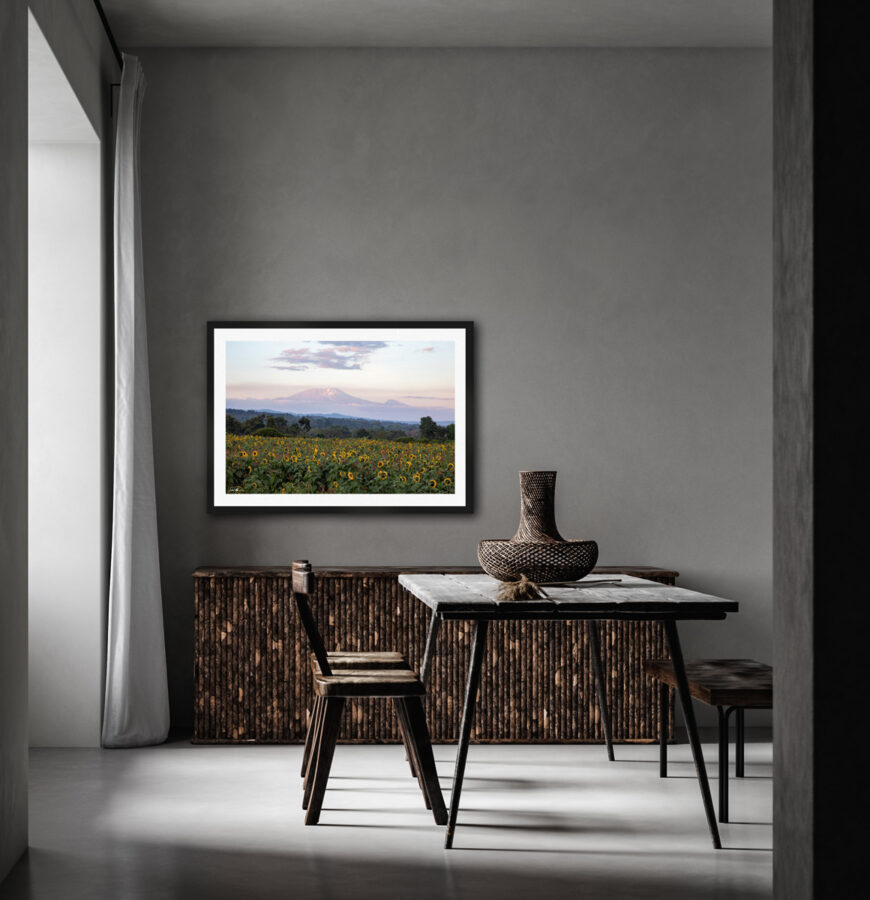
Expanding My Reach With Fine Art Photography Prints
When I first started pursuing my passion as a nature photographer, I aimed to impact as many people as possible while saving the natural world in the process. My entire business model is designed to give at least 10% of my profits to environmental organizations around the world. In order to do so, I need to have my images in front of people instead of sitting on a hard drive on my computer. As a professional photographer, I take a ton of photos. Social media has been a great tool for getting images out there, but that feels so impersonal. Beautiful images come and go every second.
There is something meaningful about looking at a favorite image over and over again. Diving into it deeper. Letting your mind wander. Photography sales have been steady, but if my main goal is to share my experiences with as many people as possible, then opening my work up to a new market is crucial. As with any career, I had to ask myself my “why” again. Again, I want to show the world how beautiful this planet is to save what we have left. Through art.
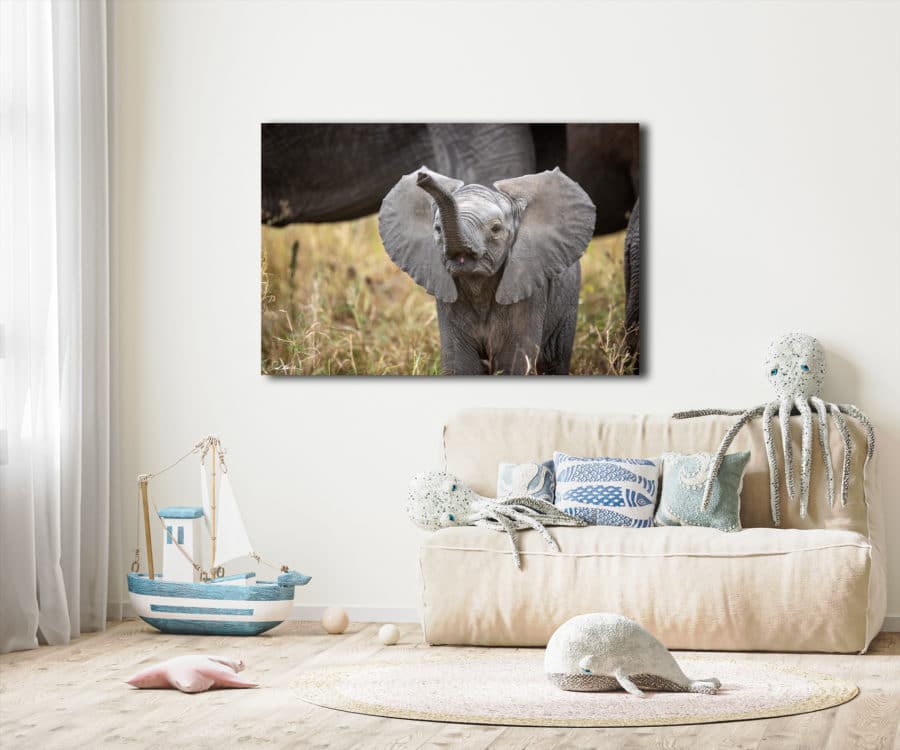
(Trumpeter – part of limited edition fine art gallery)
Many of us had a few posters in our rooms growing up that inspired us. They could have been of a fast car, a beautiful landscape, or even a sexy model. I bet if you close your eyes, you can still see those images. I want to inspire. If a child grows up to work in conservation or develops a giving mindset because of one of my prints hung in their bedroom, then I did something right. This isn’t disposable art generating numerous complaints from my website visitors, but actual quality wall art for art lovers.
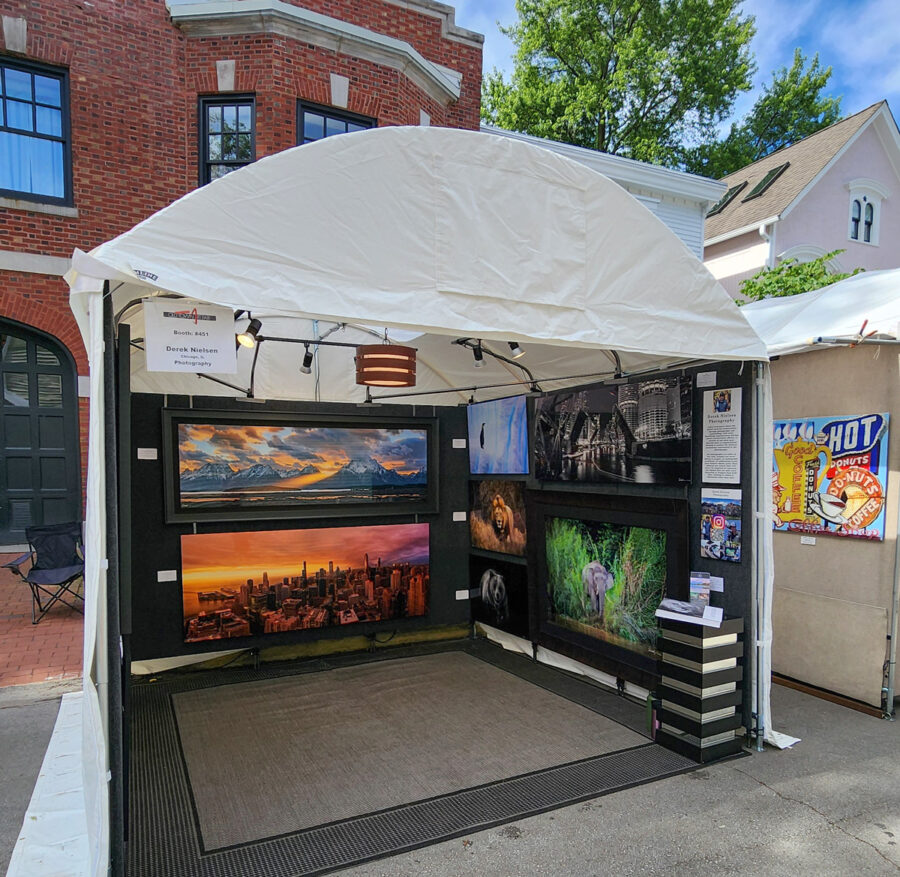
Additional Revenue Selling Open Edition Prints
In the end, what I do (and any artist does) is a business. Unless you are hell-bent on being the poster child for the “starving artist,” we need to start treating our art as a business. I currently have 5 different revenue streams for my photography business:
- Limited edition print sales – I typically offer these in editions of 50 or fewer.
- Open edition print sales – I now offer these on a wide range of sizes and print surfaces.
- Licensing images – This is where a company or individual pays for the rights to use my images in advertising or other media with exclusive rights and limitations on usage.
- Travel photography tours – I lead educational, instructive, and completely fun photography workshops.
- Social media affiliates – these are paid advertising arrangements with certain companies my core values align with.
Any additional revenue streams you can add to your business will give you more flexibility to do what you love: create art. The art business needs to be treated as a true business.
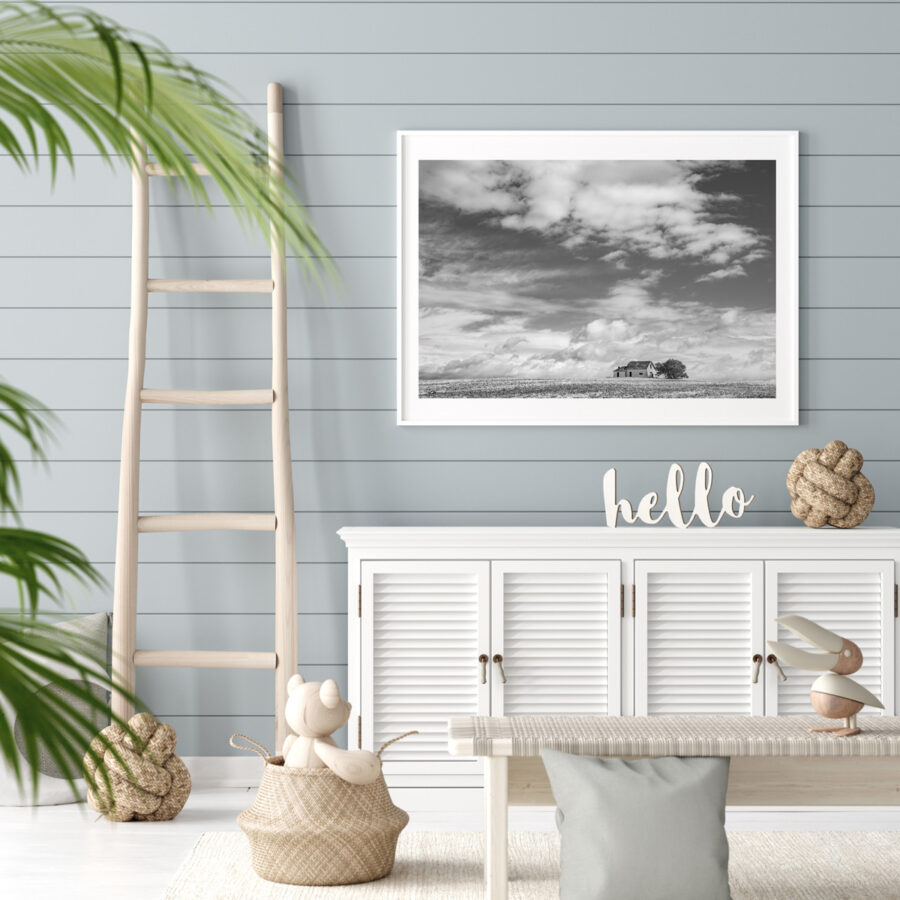
Finding Your Why As A Photographer
Take a look back at what your goals are as an artist. If you only want to produce art as a hobby because it brings you joy and no one else will see it, that is perfectly fine. The fact is there are no wrong answers. Many of us became artists because we didn’t fit a particular mold to begin with. What I hope you realize is that we have options. We can use different models to reach as many people as possible while financially supporting ourselves.
If you enjoyed this topic or are interested in learning more about the business of photography please reach out to me directly or check out previous articles I’ve written. To learn more about my photography or my business model of giving back to the community that protects this planet click here. Thank you for your time. Be sure to support your fellow artist and if nothing else…be kind.
What is the cost of not pursuing your dream and becoming a great photographer?
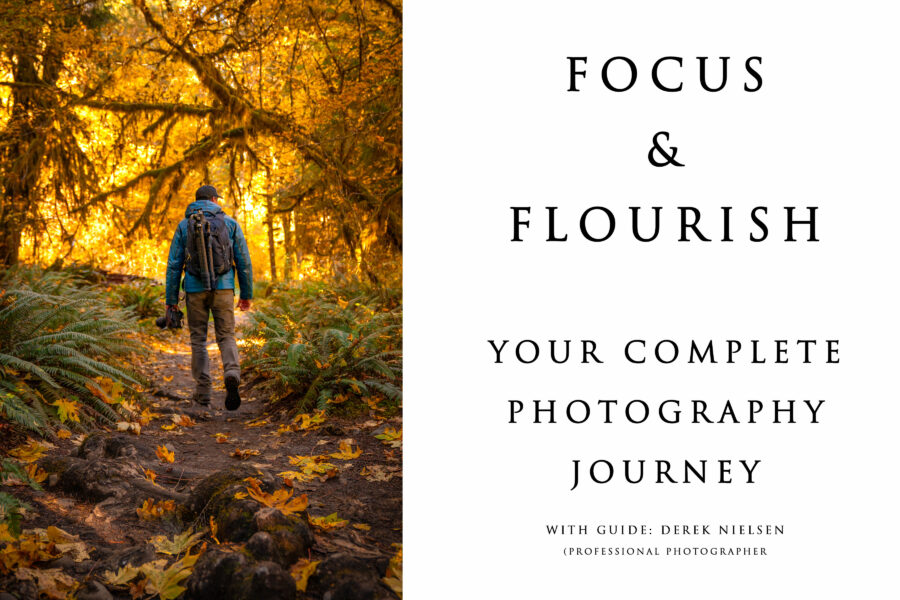
Learn More
Imagine always wondering what would have happened if you had only invested in yourself and your passions. Think about how quickly life goes. Don’t wait for tomorrow to do the things you have been thinking about doing! Take the trip. Start that business. Invest in yourself. Without photography, I don’t know what my life would look like, but it would be a lot less inspiring. Don’t let another day go by without creating the life you truly want.
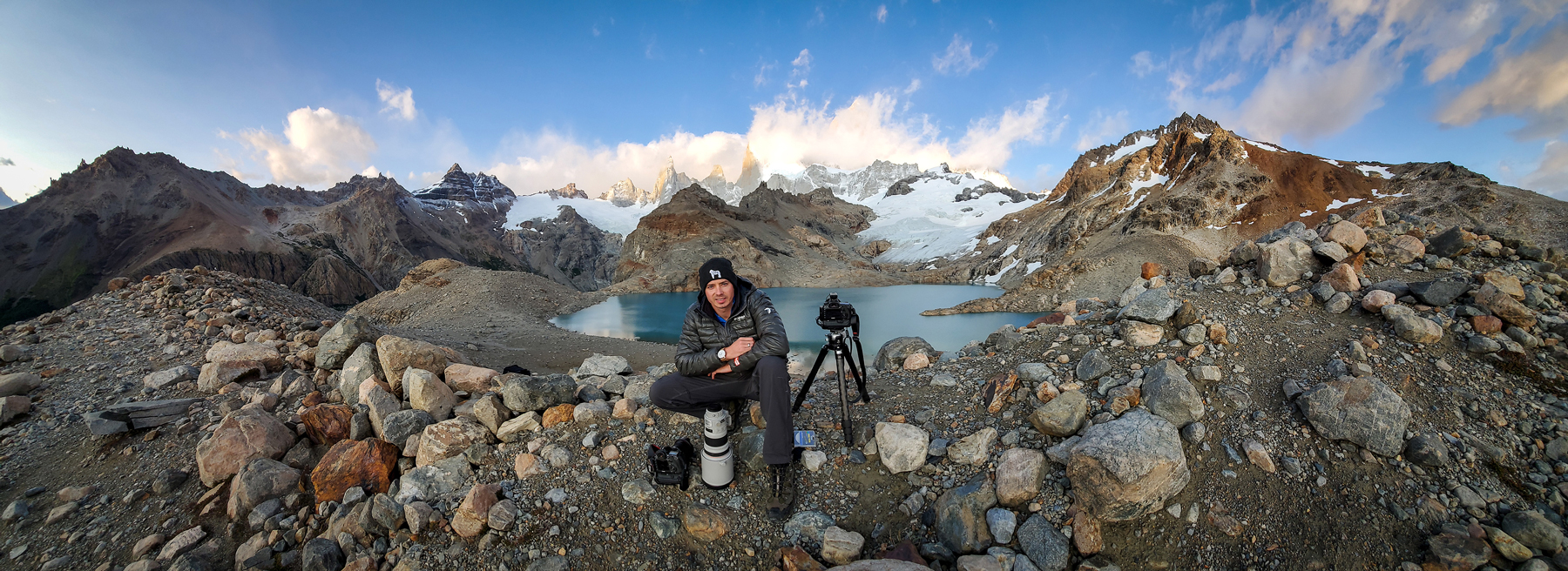
Hello! I'm Derek.
DEREK NIELSEN PHOTOGRAPHY RAISES AWARENESS ABOUT THE GLOBAL NEED FOR CONSERVATION THROUGH PHOTOGRAPHY AND DONATES UP TO 15% OF ALL SALES BACK TO ENVIRONMENTAL ORGANIZATIONS AROUND THE WORLD.
